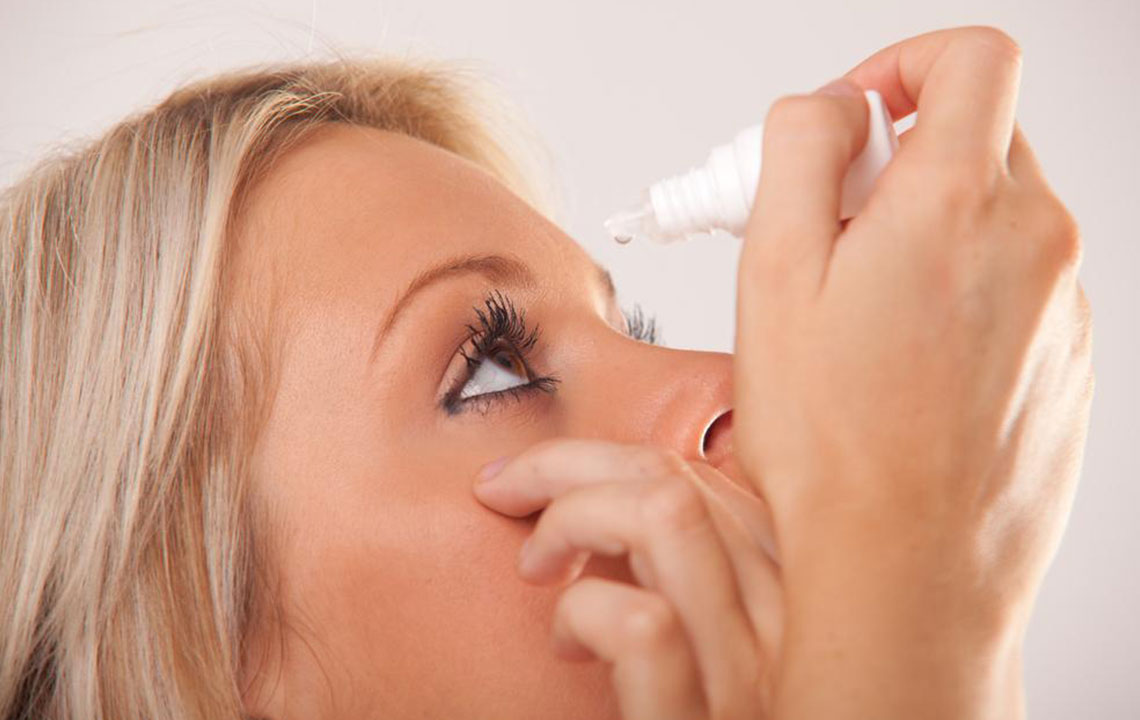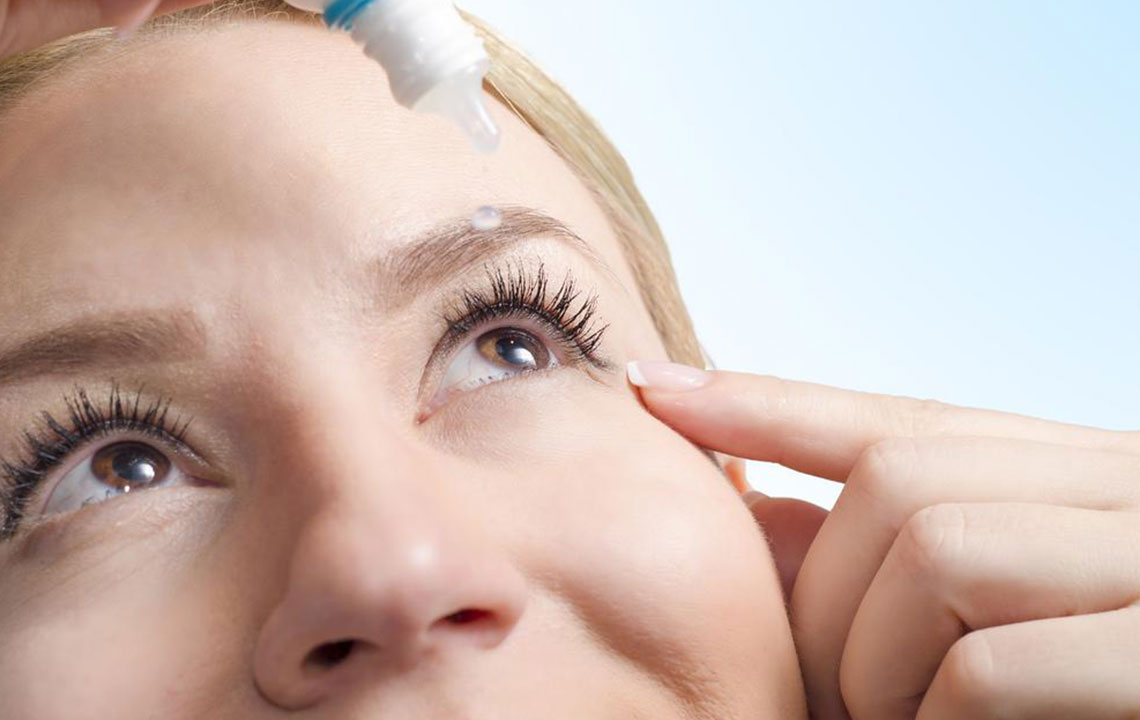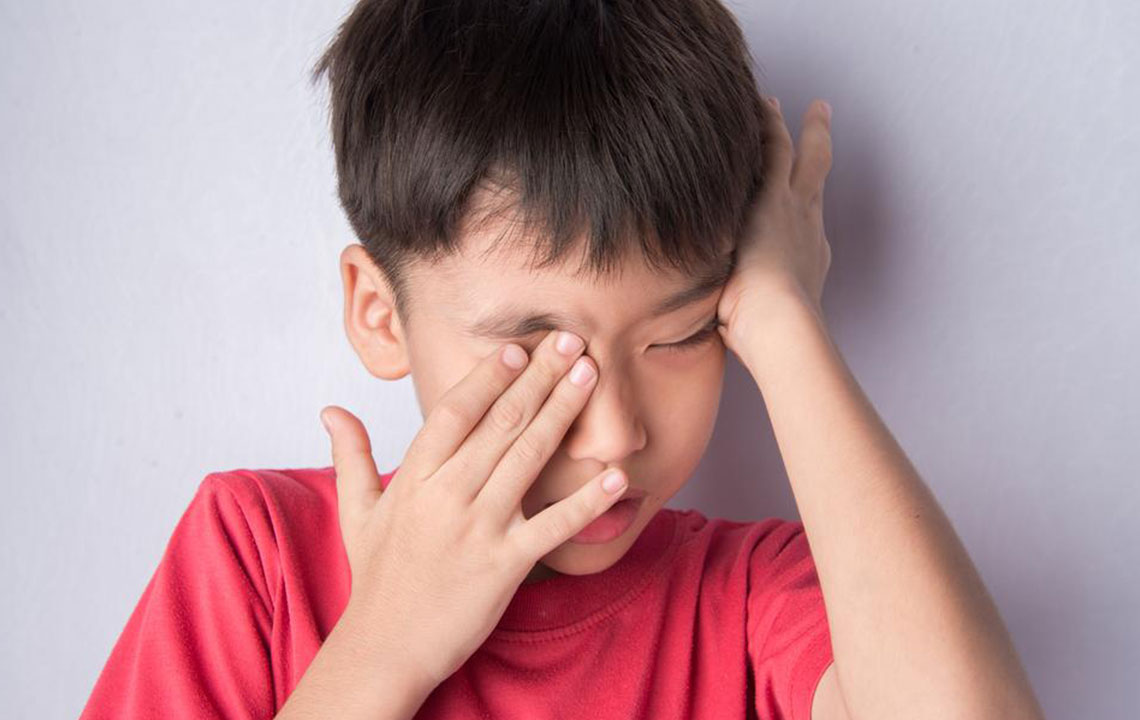Comprehensive Guide to Alleviating Chronic Dry Eye Symptoms and Improving Eye Comfort
This comprehensive guide explores effective strategies for alleviating dry eye symptoms, including artificial tears, prescription medications, innovative IPL therapy, and simple lifestyle changes. Suitable for mild to severe cases, it provides valuable insights into managing and improving eye comfort efficiently. Learn how to address dry eye causes and enhance your ocular health through professional treatments and daily habits.

Comprehensive Strategies for Managing and Relieving Dry Eye Symptoms
Chronic dry eye disease is a common yet often misunderstood condition that can significantly impact daily life. Over time, untreated or poorly managed dry eye can lead to persistent discomfort, blurred vision, and even damage to the eye surface. While mild cases can often be managed effectively with simple remedies, severe dry eye requires targeted treatments and lifestyle adjustments. Recognizing the root cause of dry eye is crucial for selecting the most effective course of action.
Fortunately, there are numerous strategies available—from over-the-counter remedies to advanced medical procedures—to help alleviate dry eye symptoms, restore eye health, and improve overall comfort. This comprehensive guide explores all these options in detail, providing insights into how to manage dry eyes effectively.
Artificial Tears and Lubricating Eye Drops
One of the most common and accessible solutions for dry eye relief is the use of artificial tears or lubricating eye drops. These products are available over-the-counter and are designed to supplement natural tears, providing instant relief from dryness and irritation. They are especially effective for mild dry eye caused by extended screen use, environmental factors such as wind or dry air, or aging.
Artificial tears come in various formulations—ranging from light, watery solutions to thicker, gel-like products. Light formulations are suitable for frequent use throughout the day, offering quick but transient relief. They do not interfere with vision and are generally well-tolerated. Gel-based artificial tears or ointments tend to last longer, providing deeper lubrication, but may cause temporary blurriness or visual distortion, making them better suited for bedtime use to prevent discomfort during sleep.
Choosing the appropriate eye drops depends on individual needs and the type of dry eye. For instance, some formulations cater specifically to aqueous-deficient dry eye, where the eye produces insufficient tears, whereas others are more effective for evaporative dry eye, where tears evaporate too quickly.
Prescription Medications for Persistent Dry Eye
In cases where over-the-counter solutions aren’t enough, your eye care professional might recommend prescription medications. One of the most widely used prescription treatments is Restasis (cyclosporine ophthalmic emulsion). Restasis works by reducing inflammation around the eye’s lacrimal glands and enhancing natural tear production, thereby addressing one of the root causes of dry eye.
Restasis typically takes at least three months of consistent use before patients notice significant improvements. During initial treatment, some users may experience mild side effects such as burning or stinging, but these usually diminish over time. It is essential to follow your doctor's instructions carefully and attend regular check-ups to monitor progress.
Innovative Therapies: Intense Pulsed Light (IPL) Treatment
Beyond conventional drops and medications, advanced procedures like Intense Pulsed Light (IPL) therapy are gaining recognition for managing dry eye—particularly those caused by ocular rosacea. Ocular rosacea involves inflammation and abnormal blood vessel growth around the eyelids, which can contribute significantly to dry eye symptoms.
IPL therapy uses targeted pulses of light to reduce abnormal blood vessels, decrease inflammation, and normalize oil gland function within the eyelids. This process improves tear quality and reduces evaporative dry eye, helping patients dependence on artificial tears diminish. The treatment is non-invasive, typically requires four to six sessions spaced about a month apart, and has been approved by regulatory agencies for rosacea treatment, with successful off-label use for dry eye management.
Patients considering IPL should consult with an ophthalmologist or dermatologist to determine suitability, understand the procedure process, and discuss postoperative care. Most patients tolerate the treatment well, with minimal downtime or discomfort.
Alongside medical therapies, making simple lifestyle and hygiene modifications can greatly influence dry eye symptoms. Regular blinking—especially during screen time—helps spread tears evenly across the eye surface. Taking frequent breaks following the 20-20-20 rule (every 20 minutes, look at something 20 feet away for at least 20 seconds) can prevent eye strain and reduce dryness. Proper eyelid hygiene, including gentle cleaning and removing makeup thoroughly, minimizes bacterial buildup and eyelid inflammation that can exacerbate dry eye. Additionally, protecting eyes from harsh UV rays with high-quality sunglasses and maintaining adequate indoor humidity levels can create a more eye-friendly environment.





